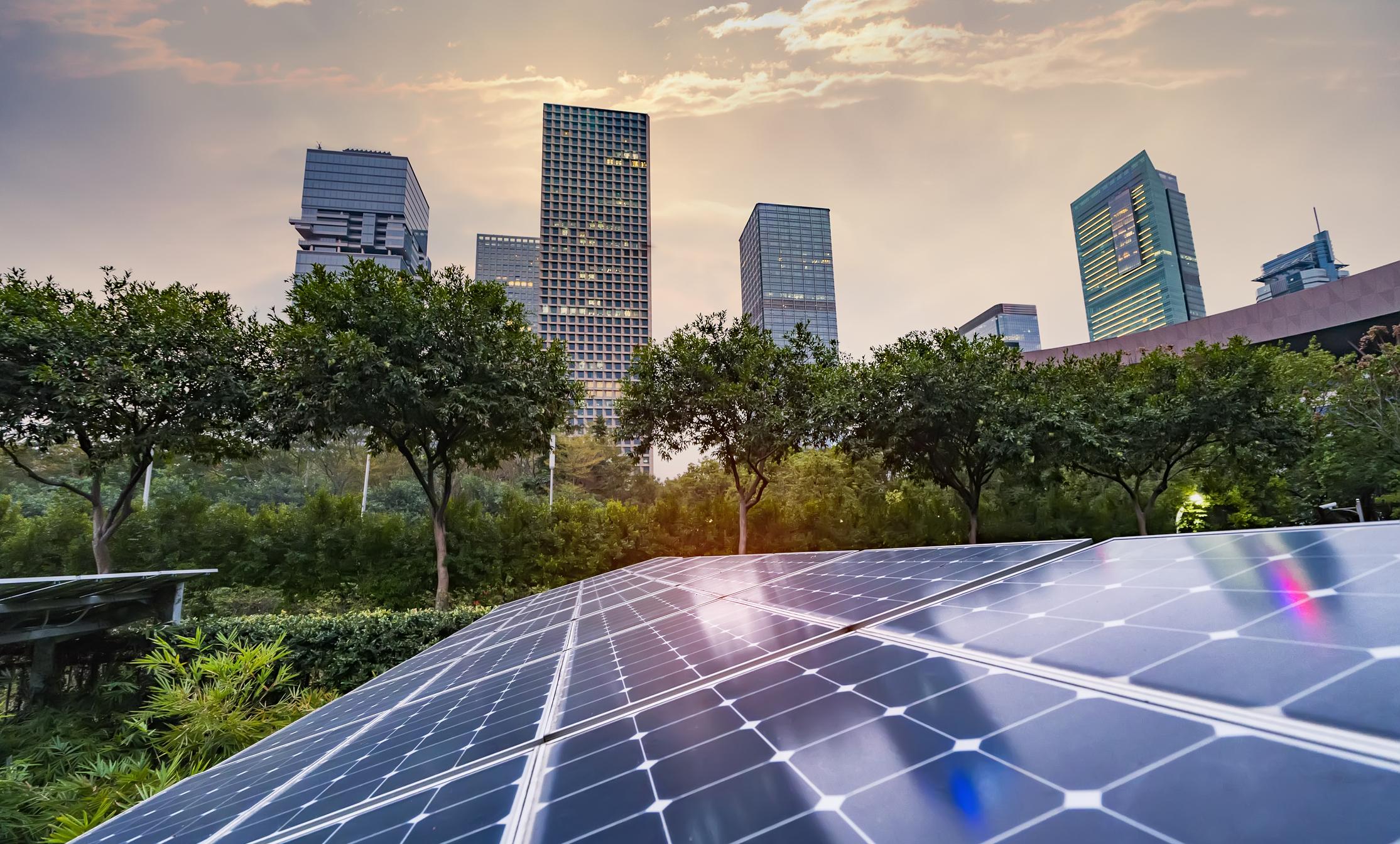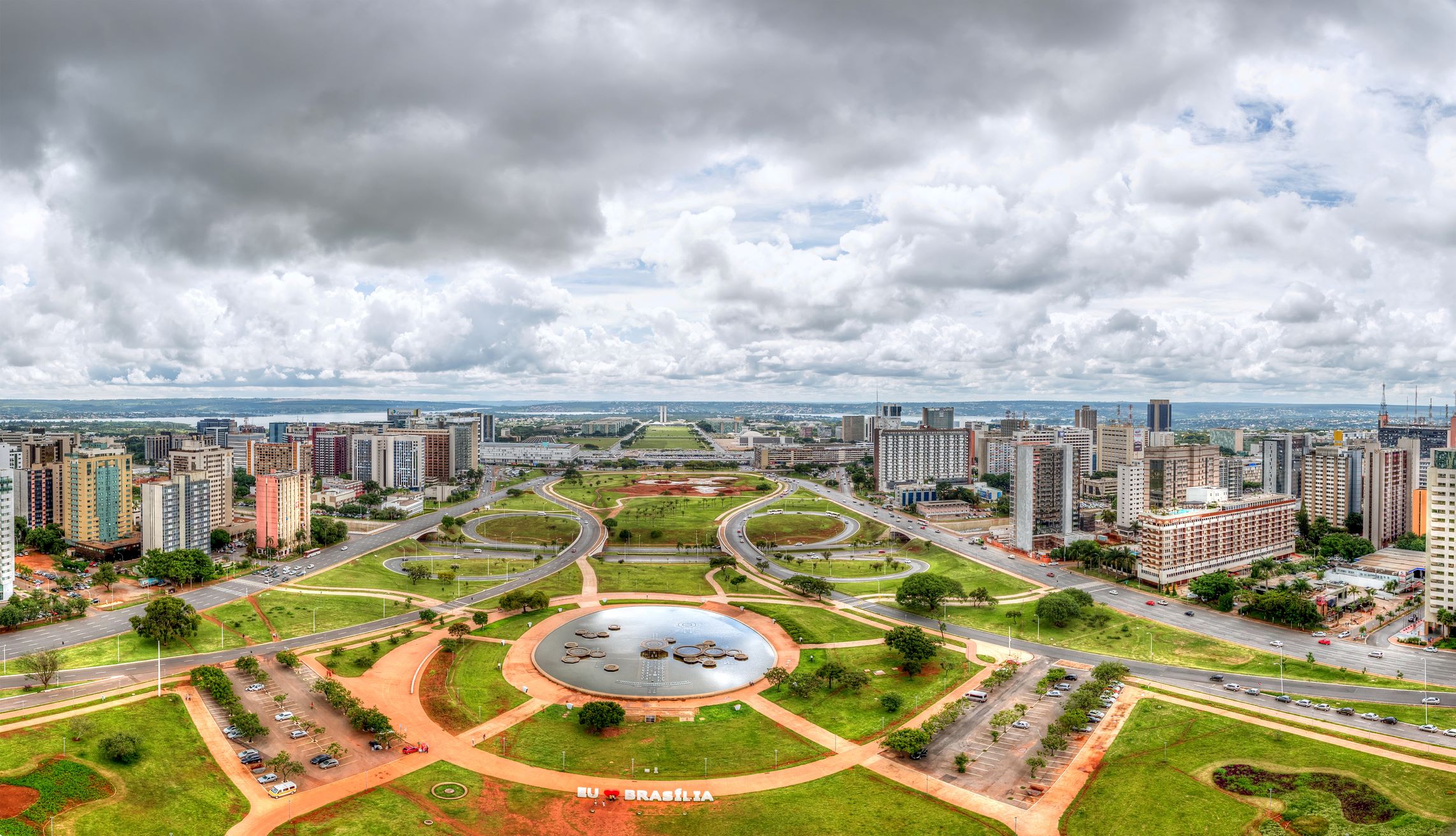Building a global economy that works for people and the planet in the long term requires worldwide investment in sustainable urban infrastructure. This shift can reduce emissions in line with a 1.5-degree pathway set by the Paris Agreement, ensure local communities thrive despite the increasingly negative impacts of climate change, create quality jobs and address inequities in the built environment.
CDP’s Matchmaker and Accelerator programs catalyze climate action, partnerships and investment in sustainable infrastructure in cities, states, regions and public authorities. Explore the two pages below to learn more.
African Cities Snapshot
Read about African cities and their need for greater access to financial and technical support.
Latin America Cities Snapshot
Read about infrastructure projects seeking funding in Latin America.
Asia Pacific Cities Climate Finance Snapshot
This snapshot offers valuable information on the types of projects cities from Asia Pacific are seeking to advance for climate action.
CDP data shows that 85% of cities report that they are already feeling the weight of climate hazards from extreme heat, flooding and rainstorms. Meanwhile, 70% of the world’s population will live in urban areas by 2050, meaning that, to sustain future economic growth and remain safe and secure places to live and work, cities must deliver urgent climate action fast. Fortunately, there are steps that cities can, and are taking to build a resilient and climate safe future. Join us in person or virtually to learn more.
Financing for sustainable infrastructure: A guide for US local governments (United States)
CDP has published a US-focused Sustainable Infrastructure Financing Guide which will serve as a preparedness tool for US city officials as they advance climate-related infrastructure projects in their communities. The guide gives an overview of the project preparation process, financial instruments available and resources on technical assistance and capacity building developed by CDP and our partners.
Demystifying Climate Finance for Municipalities (Brazil)
To help cities implement low-carbon projects, CDP Latin America and WRI Brasil, with support from GCoM, launched the publication: Demystifying Climate Finance for Municipalities. This guide seeks to clarify recurring myths and preconceptions about resources and instruments for low-carbon investments.
Guide to Climate Finance for Local Governments (Indonesia)
The Guide to Climate Finance for Local Governments has been created by CDP as a preparedness tool for Indonesian city officials as they develop climate resilient and sustainable infrastructure projects. The contents of this resource are designed to be applicable across a broad subset of local and regional governments in Indonesia with differences in population size, demographics, climate conditions, and political environments. This guide is a resource for local governments with a particular interest in advancing the implementation of sustainable, resilient, and equitable infrastructure projects.
This is available in English and Bahasa.
Financing menus
This set of financing menus outlines options for financing and funding projects, relevant resources and links to case studies.
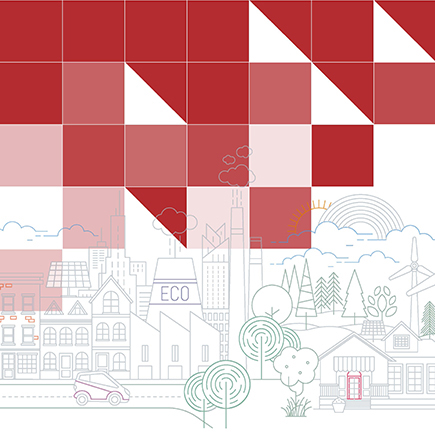
This toolkit is designed for people working within local governments to ignite ideas on how to create, design, implement and finance projects that equitably benefit people and the planet.
Learn about types of projects that can enhance community resilience and sustainability, explore project case studies and use the profile guide to begin your project journey.

Energy Efficiency Retrofits for Low-Income Households. Read the project profile
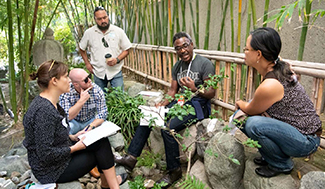
St Croix Theater Renovation Resiliency Hub. Read the project profile

Environmental Impact Bonds for Green Infrastructure. Read the project profile
See a set of practical recommendations that align with the Toolkit and Financing Menus, organized around the themes of people, places and planet.
- Support regenerative and resilient community landscapes and flood-adapted, safe and livable cities.
Read the Planet Cluster Recommendations
- Create and strengthen accessible Carbon-neutral Mobility Options and community-activated networks.
Read the People Cluster Recommendations
- Lead on municipal clean energy and efficiency and create affordable, sustainable housing and workplaces.
This webinar looks at funding and technicalassistance available for US Cities through the Bipartisan Infrastructure Law – with a focus on building energy efficiency and renewable energy projects. We were joined by Adam Guzzo, Office of State and Community Energy Programs of the US Department of Energy, and Tom Taylor from Atlas Public Policy.
This session introduces the interlinkages between climate change and social equity, while demonstrating how finance can achieve both climate and larger societal aspirations. In this workshop, participants learned skills around embedding social equity into climate infrastructure projects through a deep dive learning session with presentations from Boston, Minneapolis, and Washington DC.
The Taskforce on Climate-Related Financial Disclosure (TCFD) published recommendations in 2017 for the dissemination of information on climate change risks and opportunities by non-financial corporations and financial institutions, offering information required for investors, creditors and insurance agents to properly assess and price climate-related risks and opportunities. Watch this webinar to learn about what the TCFD is, why it matters to state and local governments and how they can utilize the TCFD-aligned CDP questionnaire to build more resilient communities.
Net-Zero Energy Revenue Bonds for EV adoption, EV charging, and more: Case Study with City of Burlington, VT
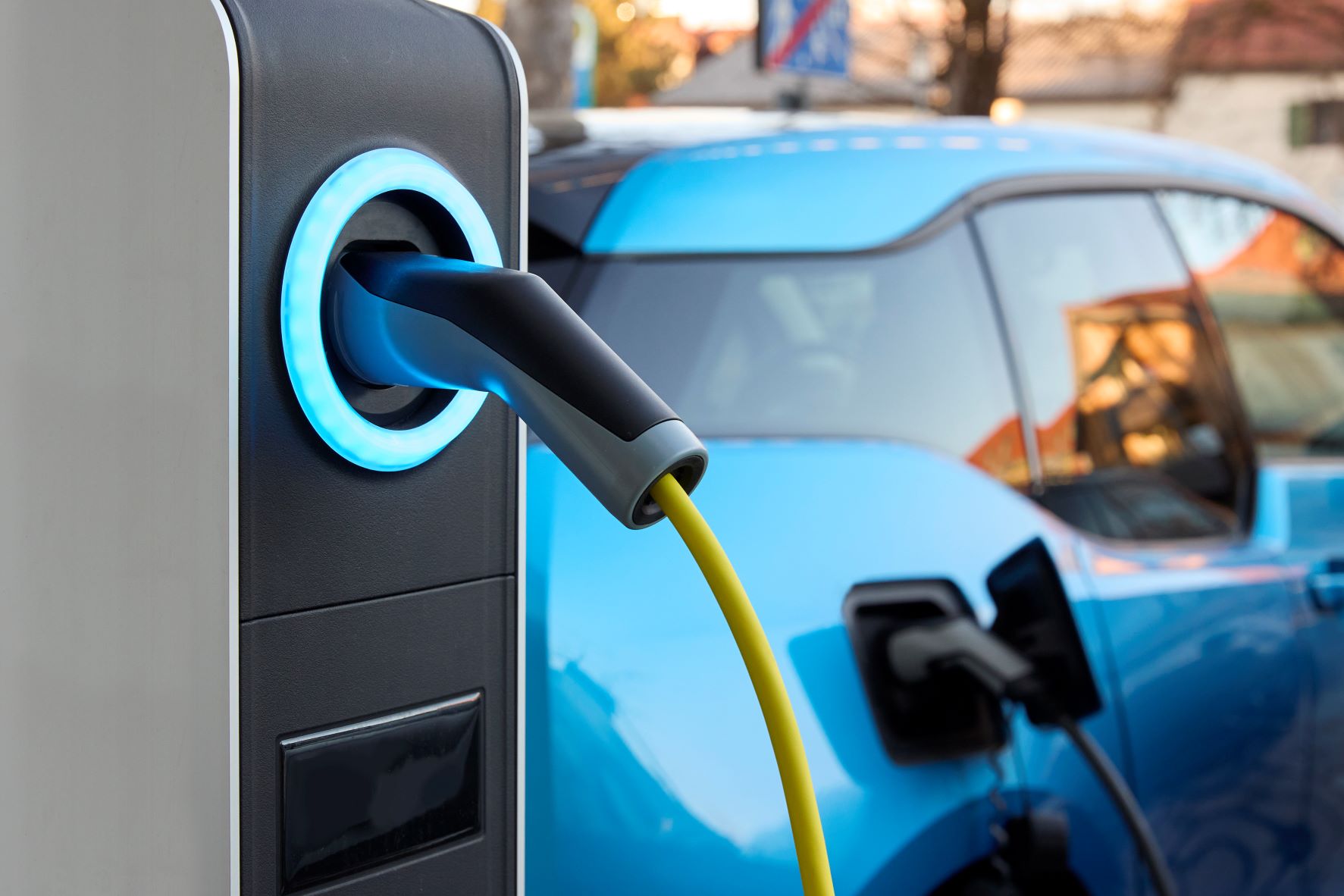
Burlington voters recently approved a US$20 million Net-Zero Energy Revenue Bond for Burlington Electric Department with 70% of voters supporting the ballot measure. The Bond will allow Burlington Electric Department to expand the Green Stimulus incentives that have helped the community switch to electric vehicles (EVs) and cold-climate heat pumps. The bond also will support grid updates for technology systems to better serve customers and new EV charging stations. This CDP Sustainable Infrastructure webinar will provide opportunity to hear directly from the Burlington Electric Department about this financing mechanism and how it helps to meet the city's goals.
Solar Project Development & Best Practices for the Public Sector

Local governments face an uncertain future for tax finance tools to support solar development, turbulence in the global solar supply chains and increasing community demand for local, affordable, equitable clean electricity production. Despite these challenges, local governments must lead in building resilient systems to deal with climate volatility. How can municipalities overcome the hurdles to developing and financing their solar projects? What role does the unpredictable landscape for investment and production tax credits play? Hear from investors, project developers, and industry leaders in the solar space. Watch the webinar here.

From identifying funding opportunities to clicking “submit,” navigating the grant process can be challenging. This webinar breaks down how to craft more competitive grant applications tp increase the success rate of your submissions. Learn about the steps you may need to take before you even start writing, including how to identify priority projects, determine suitable funding sources and avoid common pitfalls.
2021 Cohort Showcase: City Projects
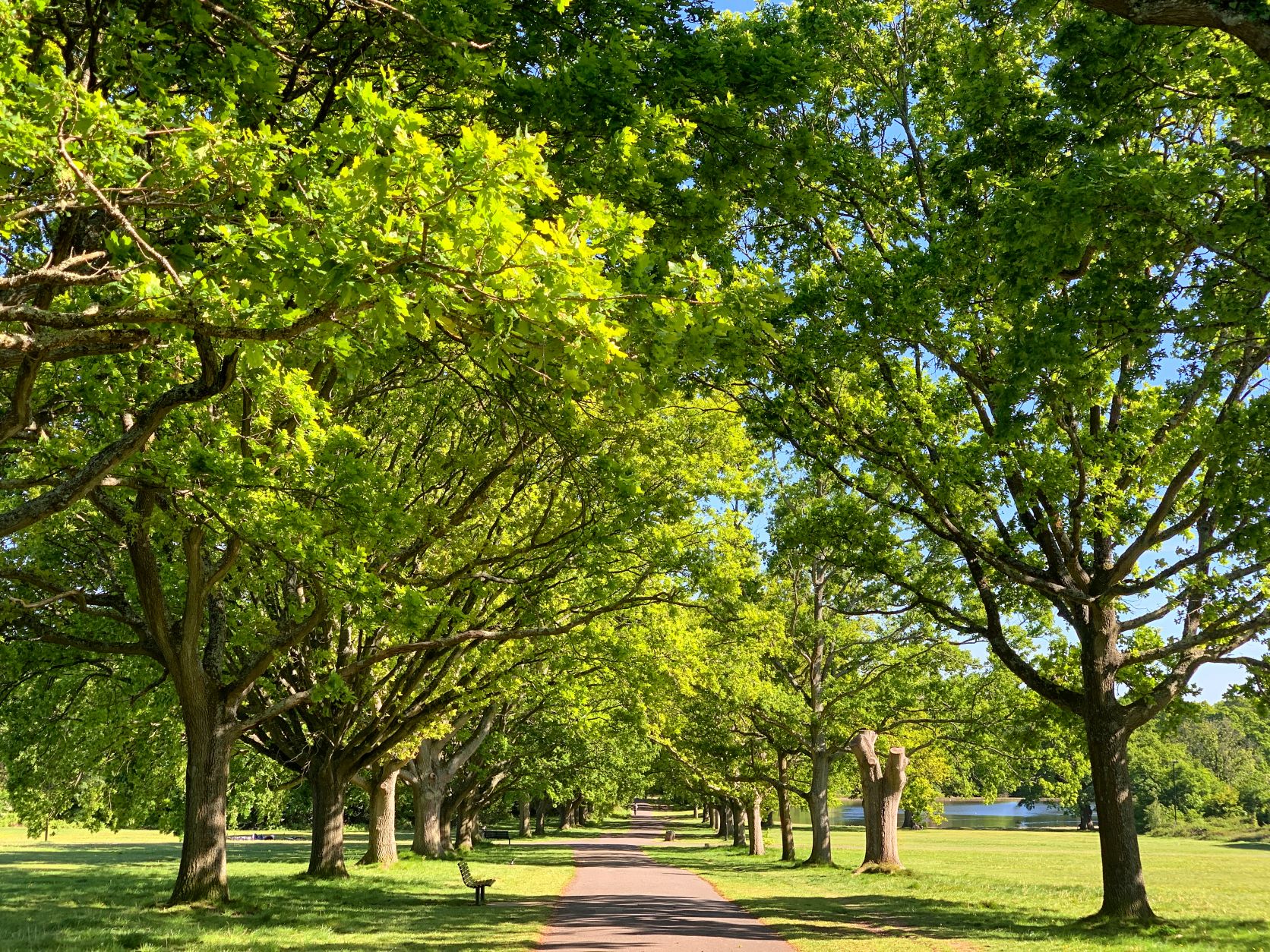
This workshop session showcases the need for projects in development by cities participating in the Catalyze Cohort. These projects range from greenways and electric vehicle charging infrastructure, to green stormwater infrastructure. City staff highlight their projects to engage participating companies and investors on potential areas of collaboration to accelerate project development. In breakout rooms, participants discuss what their biggest project needs are, the challenges they face and what kind of help they need from their partners.
Projects as Equitable Economic Development
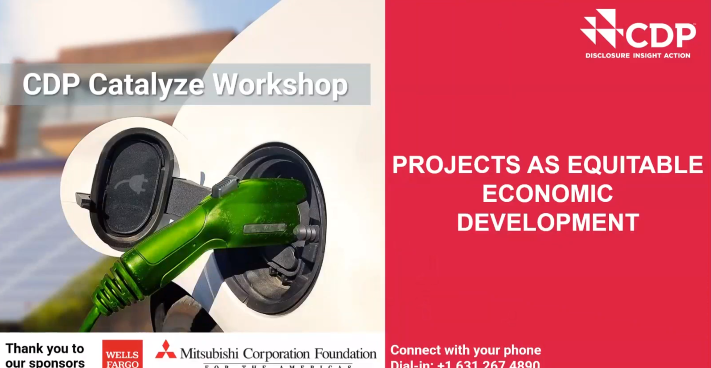
Sustainability staff from both cities and companies, often find it difficult to generate support for specific projects across departments, with upper management and with potential partner organizations. Tune in to this webinar to learn how to make the case for your sustainability projects and foster collaboration internally and externally.
Project Considerations: Equity, Risks and Operations
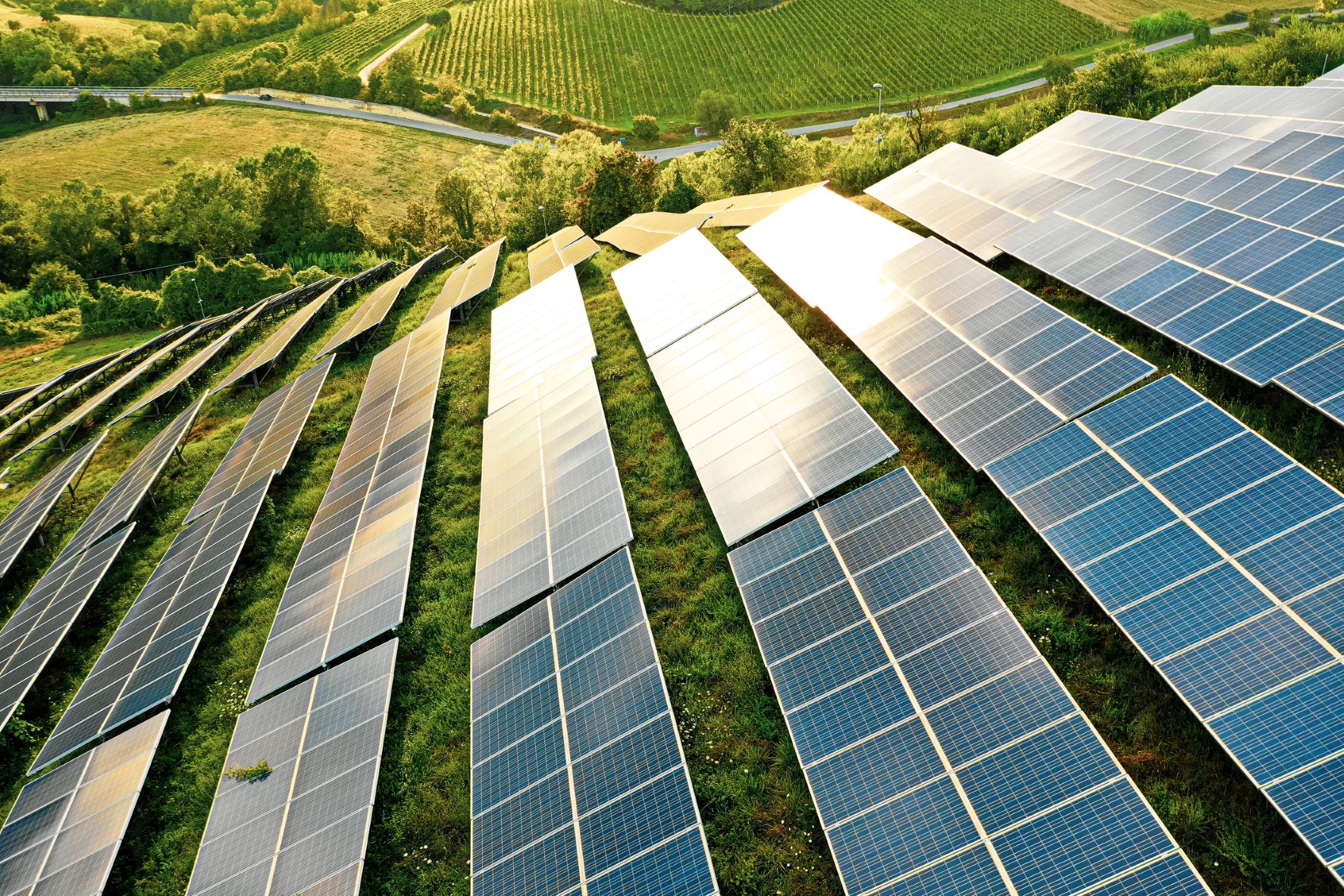
This session provides participants with an overview of potential points of consideration during project design and implementation. Participants engage in discussions on how co-creation with the community can reduce risks, how to ensure long-term community engagement with the project, how to manage the long-term operations of a project, how to identify potential risks to a project and mitigate risks between partners or potential partners.
Financing Projects

This session explores how a city or a company can finance their sustainability project. What are the financial mechanisms available to cities and companies? What are some innovative and creative ways to fund transportation and green infrastructure projects? Learn from investors sharing insights on what drives their investment decisions and the landscape of financing solutions for your projects.
Accessing Capital for Clean Energy Projects
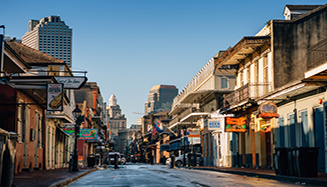
As cities across the United States lead with renewable energy and greenhouse gas emission reduction goals, access to capital is critical to implement renewable energy projects. The Department of Energy’s Loan Programs Office (LPO) provides access to debt capital for commercial-scale clean energy projects in the United States and has US$40 billion in loans and loan guarantees available. Check out this webinar featuring CDP’s Sustainable Infrastructure Team and our partners the American Council for an Energy-Efficient Economy (ACEEE), the Mississippi River Cities and Towns Initiative (MRCTI) and National League of Cities, to learn more from DOE LPO Executive Director Jigar Shah on how leveraging LPO debt capital can help cities scale up their sustainability efforts.
Municipal Bonds & the Value of CDP Disclosure: Issuer Roundtable - Climate Week NYC 2020

Cities and public agencies explain how fixed income financing facilitates robust sustainability work, the importance of disclosure and transparency around the use of proceeds raised through bond finance and the role that CDP disclosure plays for these issuers in facilitating both their continuing disclosure and their sustainability work more broadly. Watch the webinar here.
Municipal Bonds for Sustainable Communities
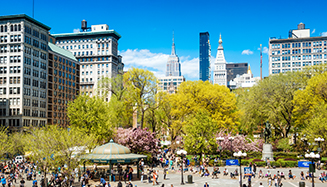
Due to the emergence of COVID-19, social bond issuance unexpectedly surpassed green bond issuance in 2020. Both the treasury and federal reserve are engaged in grantmaking and lending activities that are completely unprecedented. At a moment when the flow of dollars into stronger, cleaner and more just cities is front and center on the national stage, how can local leaders position their projects and plans to achieve as much as possible while managing the climate change impacts, economic crisis and a pandemic? Watch the webinar here.
Financing Fundamentals for Sustainability Projects

How do cities finance climate and sustainability projects? What are the financial mechanisms available to cities? We were joined by HIP Investor to learn how cities can approach financing sustainability projects. HIP Investor shared insights from their work in the USDN Financing Sustainable Cities Scan & Toolkit, an action-oriented resource for city leaders to understand implementable funding mechanisms that can support cities striving toward bold climate action and sustainability goals. Watch the webinar here.
Issuing Environmental Impact Bonds

Environmental Impact Bonds (EIBs) are an innovative financing tool that can provide upfront capital to tackle environmental challenges. We were joined by Quantified Ventures to learn about the process of issuing EIBs, the stakeholders involved and examples of successful EIB projects. This webinar is recommended for cities and counties in the US. Watch the webinar here.
Developing a Green Bank

Green banks are a powerful tool to advance climate action by connecting clean energy and energy efficiency projects with capital. We were joined by the Coalition for Green Capital for an introduction to green banks, including steps to launch a local green bank to serve your community. Watch the webinar here.
PEOPLE — Shared Community Assets
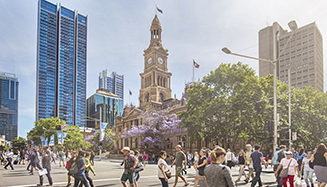
This session focused on community-activated networks, emergency support systems and accessible carbon-neutral mobility options - highlighting the public systems most visible and usable for individual residents. How can innovative financial structures be used to promote emergency preparedness, form resilience hubs, improve public transportation options and EV charging infrastructure? Learn about potential financing paths as well as the methods available to highlight co-benefits for vulnerable neighborhoods and underserved communities.
PLANET — Green and Blue Urban Resilience
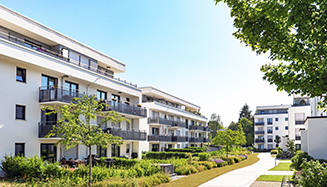
This session focused on regenerative and resilient community landscapes and flood-adapted, safe and livable cities. What methods are available to attract capital into critical solutions such as natural ecological infrastructure, green infrastructure and other nature-based solutions? How can local governments structure urban canopy projects, stormwater storage and urban heat island mitigation projects to best lower costs while emphasizing public safety and community development efforts?
PLACES — Clean Energy and Efficiency
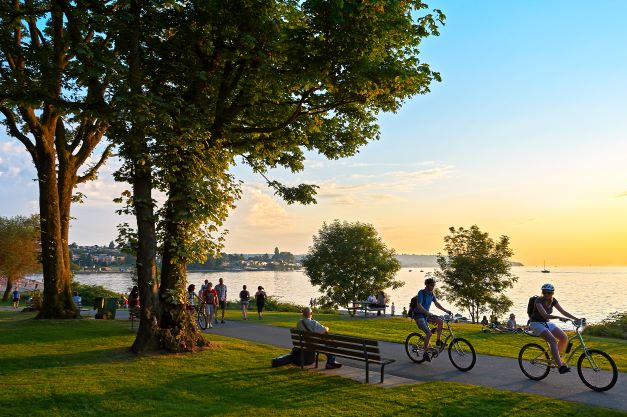
This session covered affordable, net-zero buildings and municipal-centric efforts to advance clean energy and efficiency. What are the financing options available to support retrofits for low-income households, affordable public housing, private businesses and community shelters? We discussed green banks, C-PACE and other financing options that can support these vital emissions reduction activities, as well as how to best highlight the cost reduction, economic development and public health ramifications of clean energy and efficiency projects.
Part 1 | Introduction to Water Infrastructure Project Financing
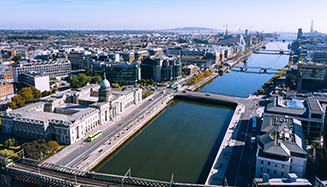
Financing municipal infrastructure projects always involves intense support by legal counsel, particularly during the contract development and financial structuring phases. Understanding the role of counsel can be important to the financing strategy. Norton Rose Fulbright joins us to demystify how project financing of water infrastructure works, explain the differences of project financing from traditional municipal financing and explore the implications arising from those differences. This is part one of a two-part series on legal perspectives about project financing for water infrastructure. Watch the webinar here.
Part 2 | Strategies for Financing Water Infrastructure: Exploring Credit Requirements, Federal Funding, Public-Private Partnerships and Private Capital

What makes an attractive water infrastructure project from the perspectives of a public or private lender, an investor or the public markets? Norton Rose Fulbright, Smith’s Research and Gradings and the Environmental Protection Agency discuss how to structure projects from a capital perspective, federal funding options, the role of public-private partnerships and strategies to involve private capital in your water infrastructure. Watch the webinar here.

